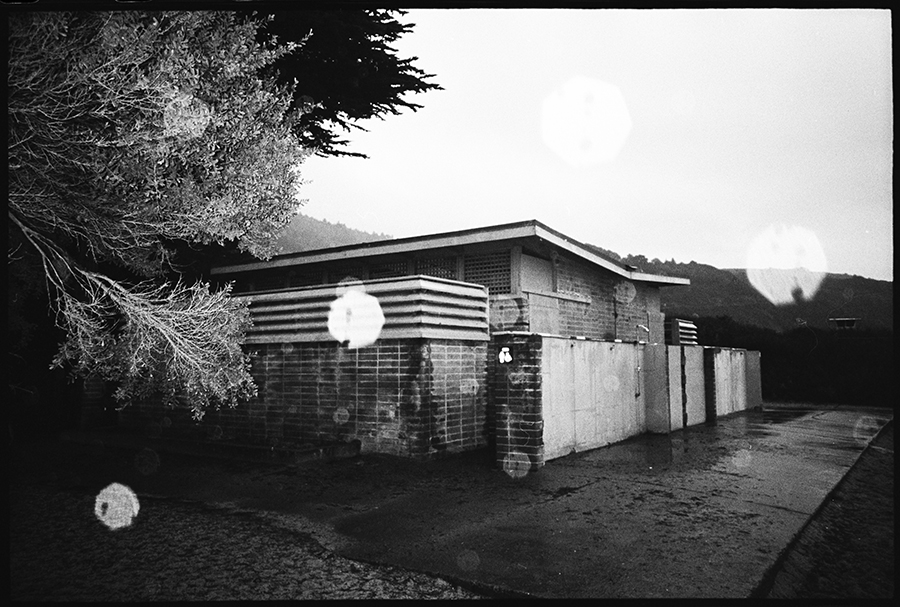The National Park Service is moving forward with a plan to overhaul its wastewater treatment facility at Stinson Beach, where septic tank leaks have . . .
Park service plans septic overhaul at Stinson Beach


The National Park Service is moving forward with a plan to overhaul its wastewater treatment facility at Stinson Beach, where septic tank leaks have . . .